4 things that made the F-16 years ahead of its time
- By We Are the Mighty
Share This Article
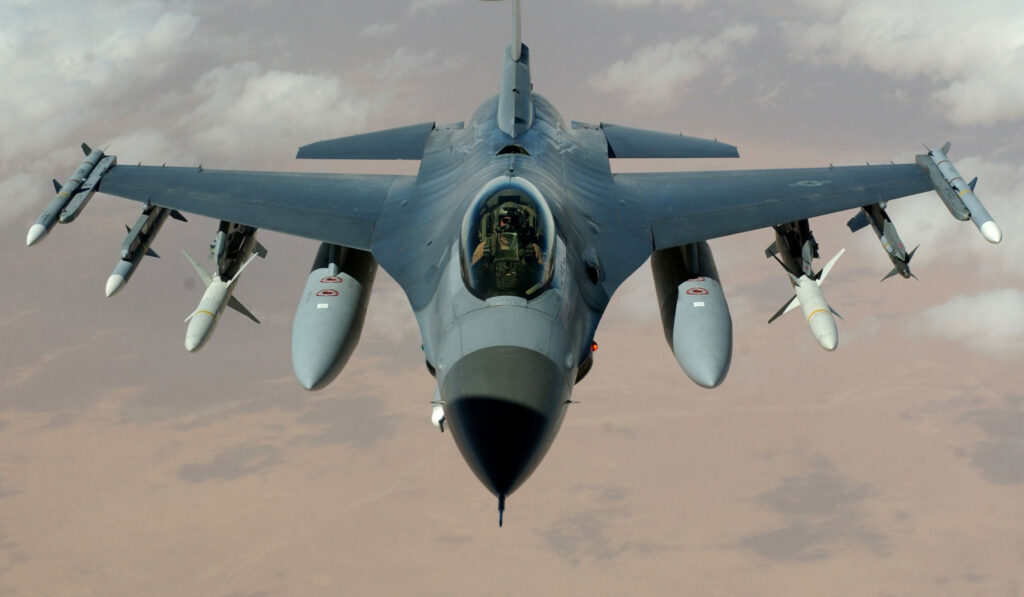
This article by Ward Carroll originally appeared on We Are the Mighty
The F-16 Fighting Falcon was originally designed to be a daytime air superiority fighter, but over the decades of its service life, it has evolved into an all-weather multi-role attack platform. The first F-16 rolled off the manufacturing line in 1976, and ultimately over 4,500 aircraft followed it.
The Fighting Falcon (a.k.a. the “Viper” in aggressor squadron circles) remains technologically advanced and lethal throughout its full range of mission areas, which is remarkable considering the legendary Col. John Boyd and his “fighter mafia” first conceived of the airplane in the late ’60s.
Here are four design features that were years ahead of their time when they first hit the fleet and remain so today:
1. Fly-by-wire flight controls and side-stick controller
Unlike every airplane built before it, the F-16 was designed to be aerodynamically unstable until it reaches supersonic airspeeds. As a result there is no mechanical linkage between the stick and the moving parts of the airplane. A computer interface is required to interpret pilot inputs and move the flight controls accordingly, technology known as “fly-by-wire.” Because the F-16 is designed for high-G loading, the stick is mounted on the side of the cockpit instead of in the center to make it easier on the pilot’s right arm. It barely moves; full throw is only one-eighth of an inch.
2. Bubble canopy
The pilot sits up very high relative to the canopy rail in the F-16, giving him superior visibility in all quadrants, including at six o’clock. The bubble canopy is designed to enhance this feature, and new pilots talk about feeling like they’re going to fall out of the airplane at first. Unlike other fighters there is no canopy bow forward of the pilot, so the forward view is completely unobstructed. The net result is a fighter that gives pilots an advantage in the dogfighting arena where “lost sight means lost fight.”
3. Reclined ejection seat
Because the F-16 is designed to pull 9 Gs or more (compared to 6.5 for most other American fighters) the ejection seat is tilted 30 degrees back (compared to around 12 degrees other ejection seat aircraft) for superior G tolerance by the pilot. Pilots sit almost like their riding a reclining bicycle, with knees up high, which makes for a very comfortable ride while killing MiGs and other bad guys.
4. Multi-function displays
The F-16 was one of the first military aircraft with a “glass” cockpit instead of the legacy “steam gauges,” which allows a pilot to tailor his displays for a particular mission as well as personal preference. MFDs also allow software upgrades with very little trouble, which has helped to keep the Fighting Falcon relevant and in the fight for decades.
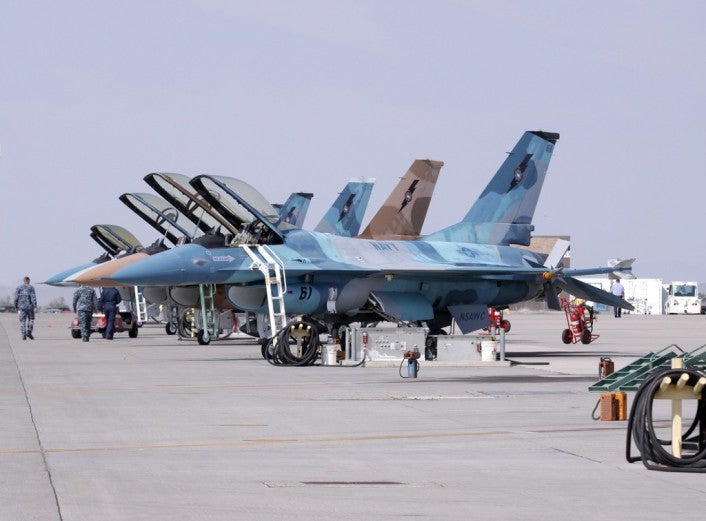
Read more from Sandboxx News
Related Posts
Sandboxx News Merch
-

‘Sandboxx News’ Dad Hat
$27.00 Select options This product has multiple variants. The options may be chosen on the product page -

‘AirPower’ Golf Rope Hat
$31.00 Select options This product has multiple variants. The options may be chosen on the product page -

F-35 ‘Lightning’ Framed Poster
$45.00 – $111.00 Select options This product has multiple variants. The options may be chosen on the product page
We Are the Mighty
Related to: Airpower
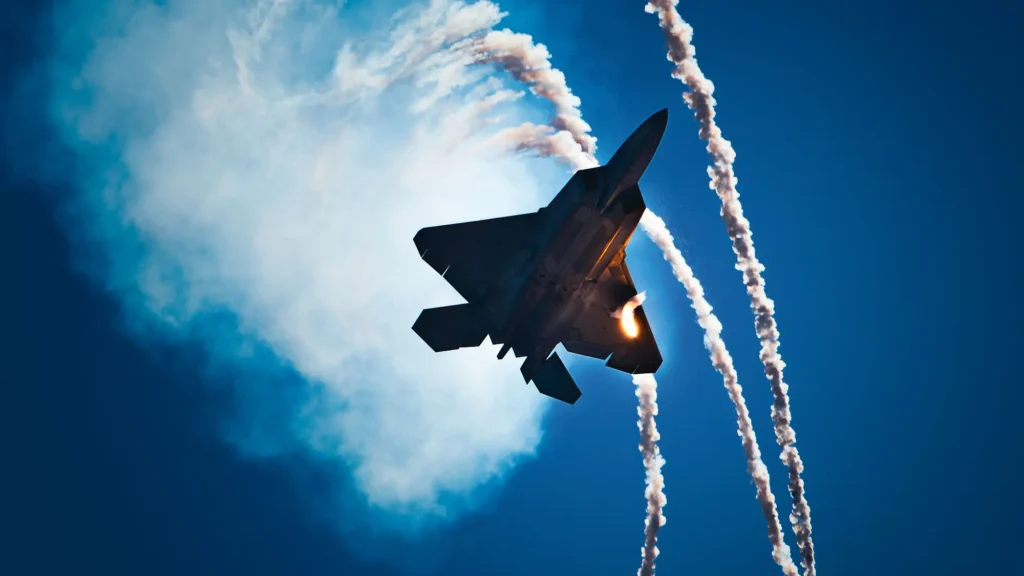
America’s first 6th-gen fighter jet will be Boeing’s F-47, Trump just announced
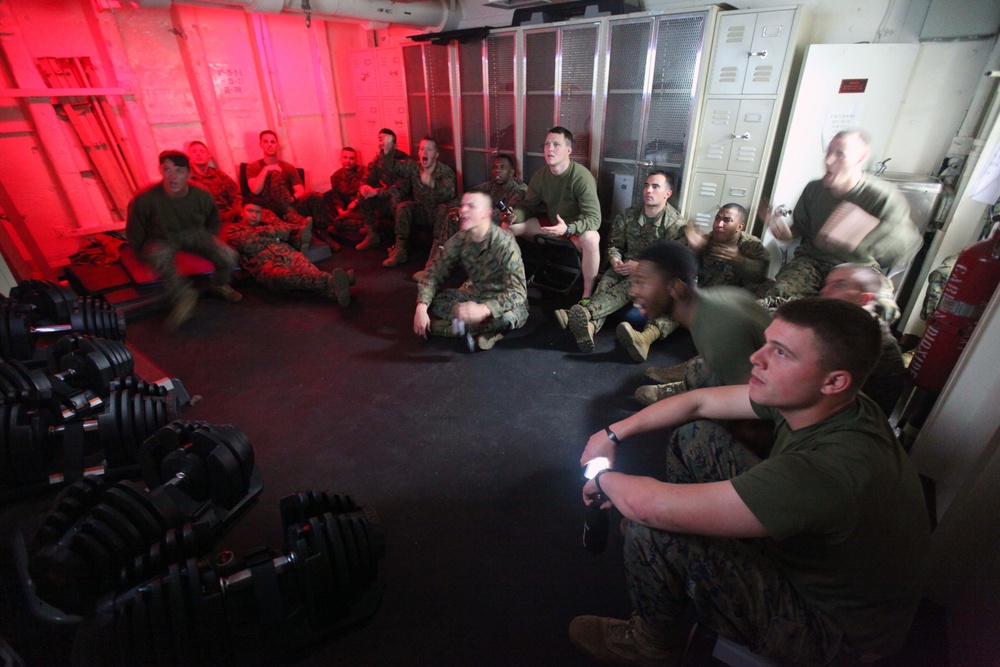
3 new TV shows to watch to make service time pass faster
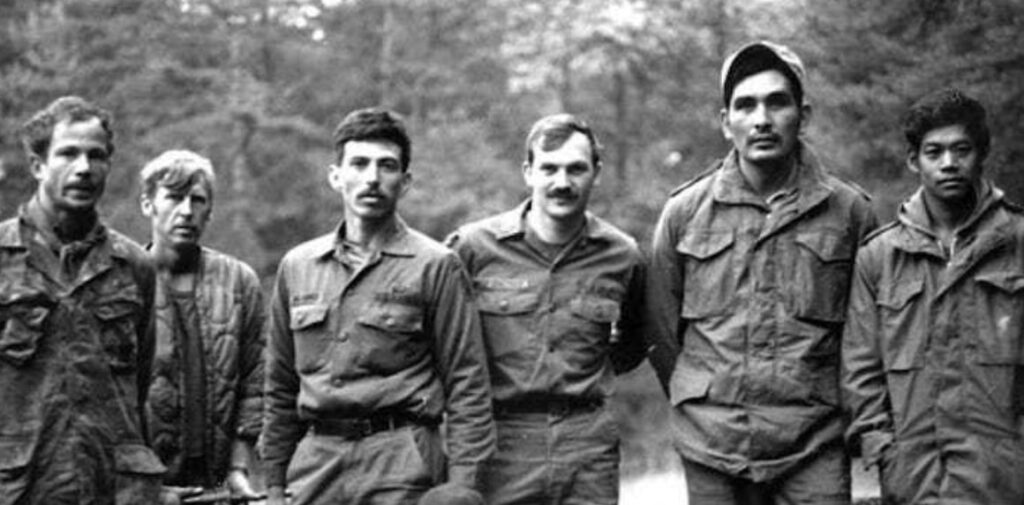
Delta Force Assessment and Selection: Spending nights at base camps
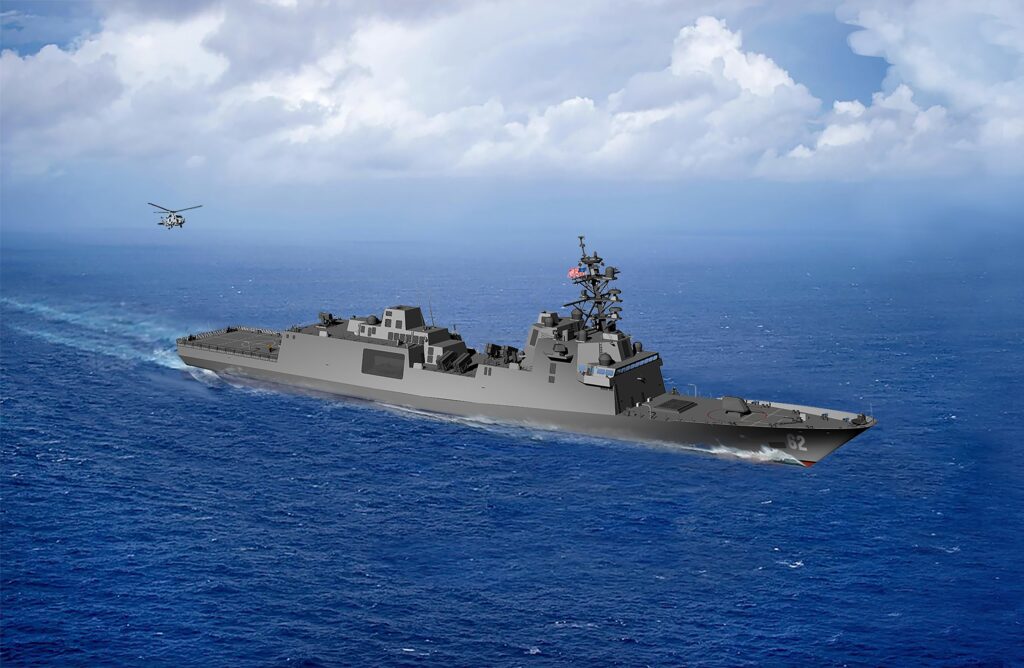
The US Navy is forced to wait on its new flagship frigate
Sandboxx News
-

‘Sandboxx News’ Trucker Cap
$27.00 Select options This product has multiple variants. The options may be chosen on the product page -

‘AirPower’ Classic Hoodie
$46.00 – $48.00 Select options This product has multiple variants. The options may be chosen on the product page -

‘AirPower’ Golf Rope Hat
$31.00 Select options This product has multiple variants. The options may be chosen on the product page -

‘Sandboxx News’ Dad Hat
$27.00 Select options This product has multiple variants. The options may be chosen on the product page




